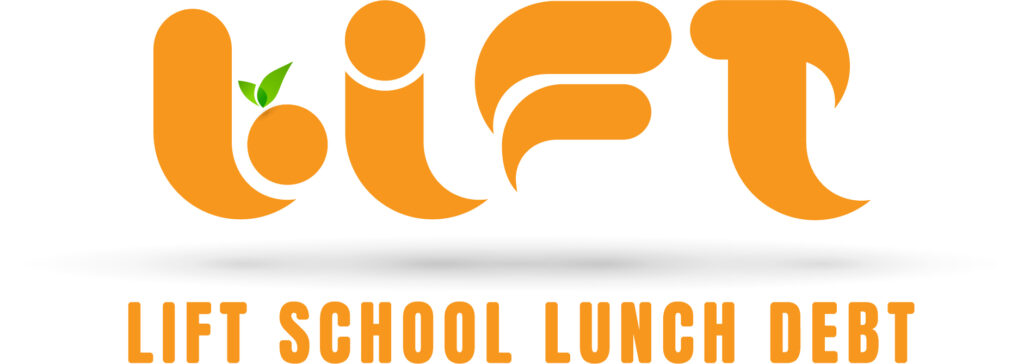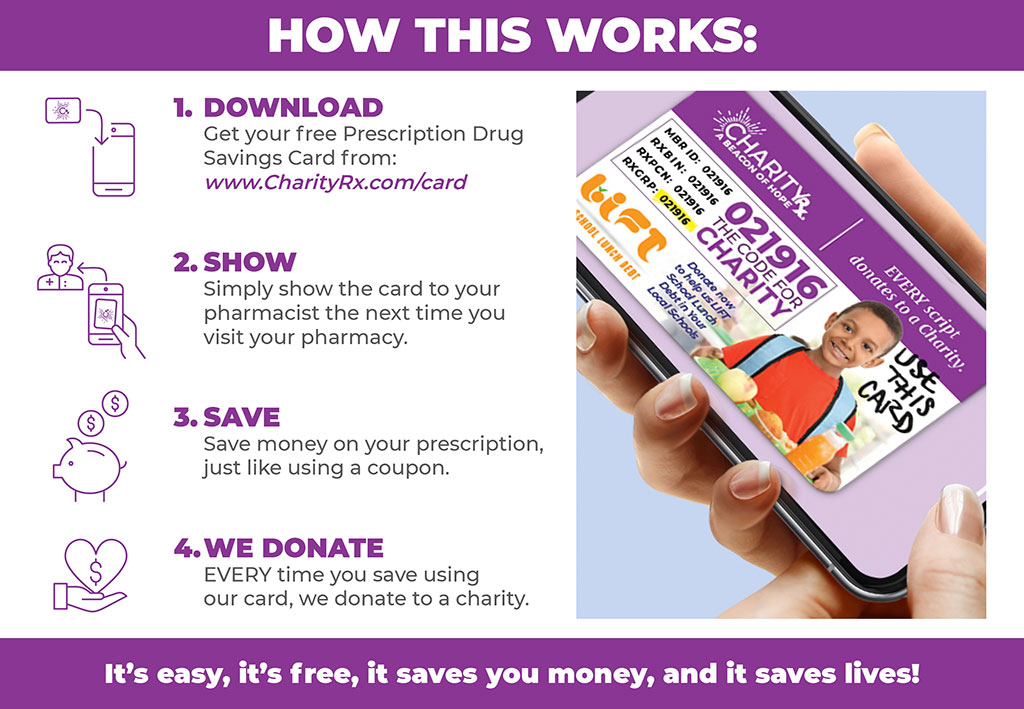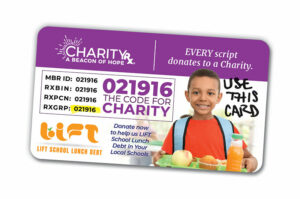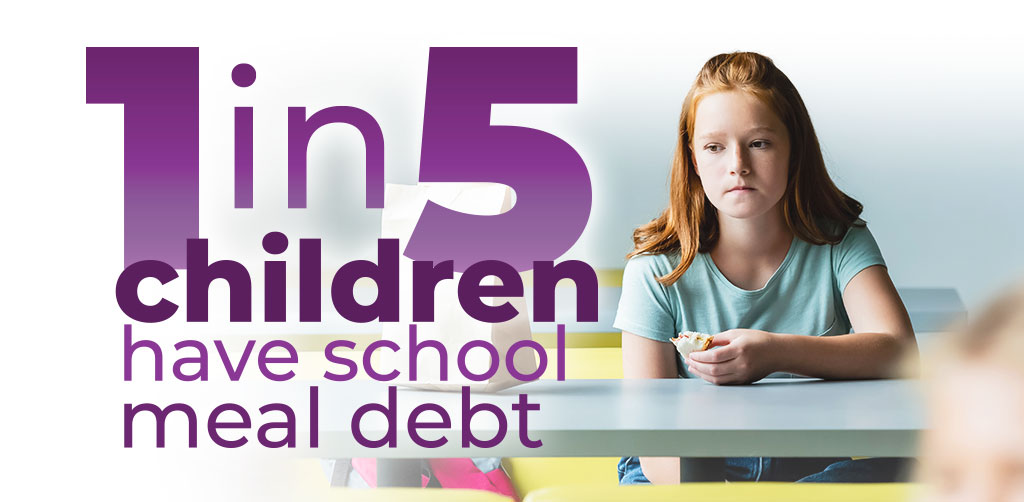
According to Feeding America, 1 in 8 children in America experience hunger, which equates to millions of kids across the country who are not getting the nourishment they need. Hunger can impact a child’s school performance, and research demonstrates that children from families who are not sure where their next meal may come from are more likely to have lower math scores and even repeat a grade, among other challenges.
A recent study by Education Data Initiative found that many of the 1.54 million, or one in five, children who can’t afford school meals are also food insecure at home. They may be part of families who earn too much to qualify for reduced or free school lunches but also earn too little to pay the regular price consistently.

The amount of school lunch debt varies, as each state is responsible for enacting laws to aid families and support schools with funding. Debt varies wildly between states due to population sizes.
School meals are a key component to students’ success both in and out of the classroom. But when a child arrives without cash in hand or funds in their school meal account, the school must decide how to respond. Some states are signing laws that provide meals to school children regardless of whether or not they can pay. These laws are a strong step in the right direction, but many school districts are taking steps in the other direction, resulting in embarrassment and humiliation for their students. Schools would offer breakfast and lunch at no charge to all students in an ideal world, solving many districts’ challenges with school meal debt and eliminating meal or lunch shaming.
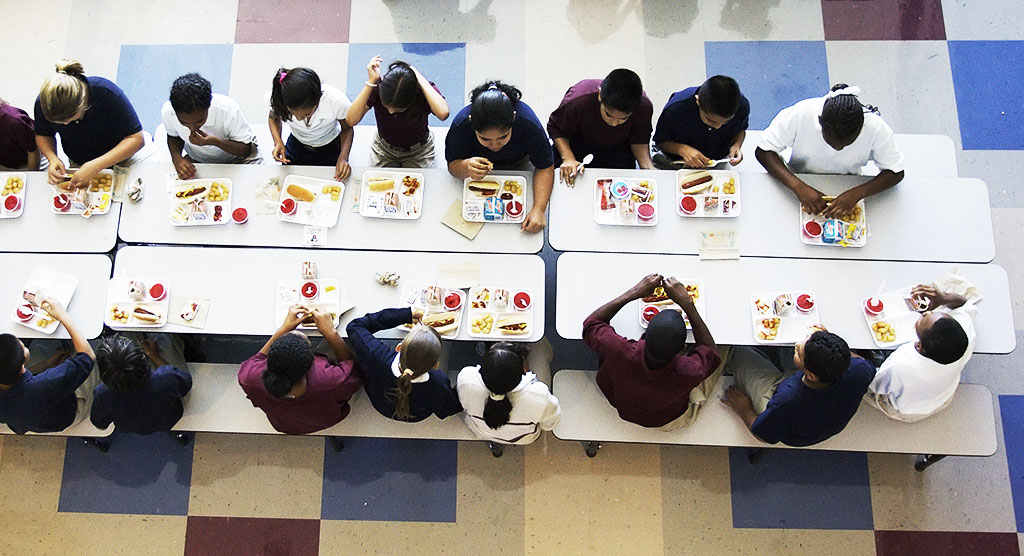
According to an article by NBC News Think, meal or lunch shaming is the practice of embarrassing students whose meal accounts have a negative balance. These actions attempt to coerce the student and their family into paying overdue meal bills. Many states have adopted various anti-lunch shaming policies, but the practice remains in new iterations not previously considered.
Some examples of lunch shaming can include:
Since schools cannot pay off meal debts with federal child nutrition funds, many schools look to other sources, such as charity or PTA funds. The “other” category in the graph below includes funding sources such as graduating seniors, roll-over balances, student household funds, or special food sales. Regardless of the school district size or the region of the U.S., the largest contributors to paying off meal debt overall were charitable and general district funds.
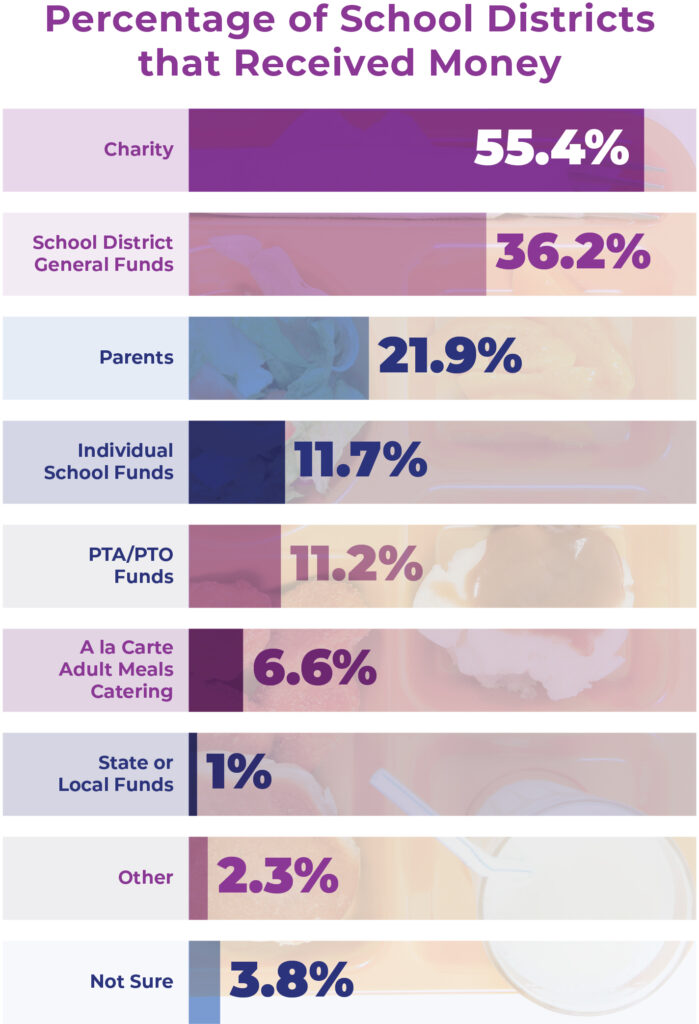
Each time you use your CharityRx prescription discount card in January, CharityRx will donate to LIFT School Lunch Debt and help ensure more students receive the nutrition they need to learn and thrive. In addition to helping kids, you’ll enjoy significant discounts on over-the-counter and prescription medicines for yourself, your family, and your pets. We also cover diabetic supplies and insulin. Click here to search for your medications and see how much you’ll save with the CharityRx card.
